The Douro Railway
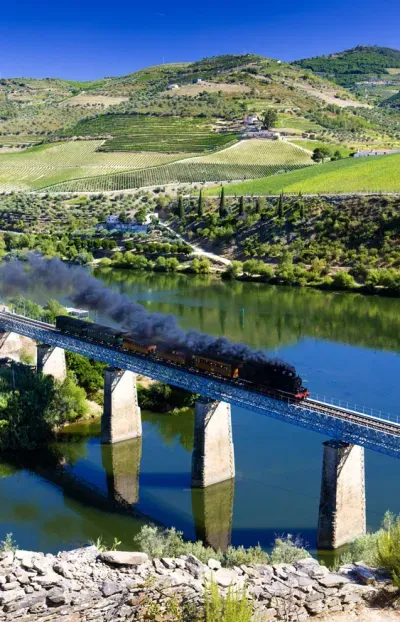
The Linha do Douro runs for 200Km alongside the river Douro from the historic centre of Porto to Pocinho near the Spanish border. The locomotives are vintage steam and diesels making for an ideal pace to take in the stunning scenery
Museu do Douro

The Douro Museum should be the first port of call for anyone interested in the culture and heritage of the Douro valley. Located in the region's unofficial capital, Peso da Régua, the museum occupies the Casa da Companhia Velho, a former wine warehouse on the riverfront.
Exhibits range from the historic to the modern. They cover not just the development of wine and port in the region in the permanent exhibition, but also its geography and a full insight into how people used to live in days gone by.
Chapel of São Pedro de Balsemão
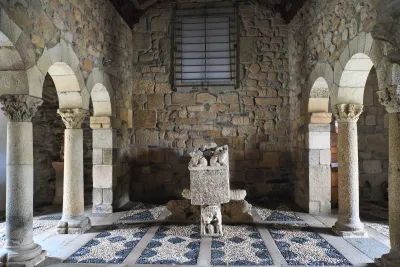
Despite the relatively recent Baroque styling of the facade the Chapel of São Pedro de Balsemão is in fact one of the most ancient churches in Portugal. The site possibly dates back to the 7th century when it may have been used as a sanctuary by the Visigoths.
It is actually more likely the chapel started out in the 9th or 10th century as the reconquests gained traction. Whilst the The layout is believed to remain as it was, what we see today is very much a mixture of styles and influences from the intervening centuries.
Lamego Museum
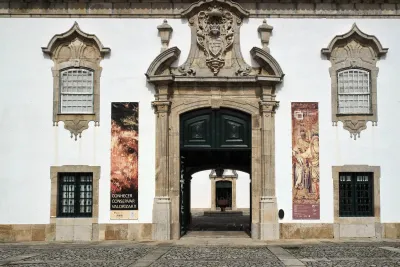
Lamego's regional museum sits within the walls of the 18th century episcopal palace (bishop's palace) and contains some of the finest examples of religious art to be found anywhere in Portugal. Much of the collection was built up over the centuries by the Bishops of Lamego but since the episcopal palace became the museum there have been many new additions.
Sé de Lamego
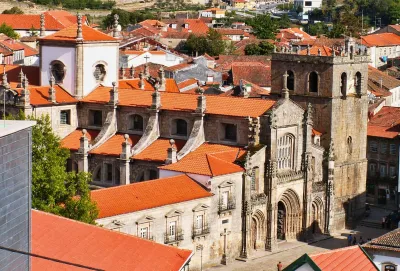
The fine cathedral in Lamego is a mix of Gothic and Renaissance architecture dating back a far as the 12th century. This makes the Sé de Lamego the oldest cathedral in all of Portugal, although the only surviving feature from this time is the Romanesque base of the bell tower.
Dedicated to Our Lady of the Assumption (Sé Catedral de Nossa Senhora da Assunção) Lameg Cathedral was built on the site of an older chapel and consecrated in 1175.
Nossa Senhora dos Remedios
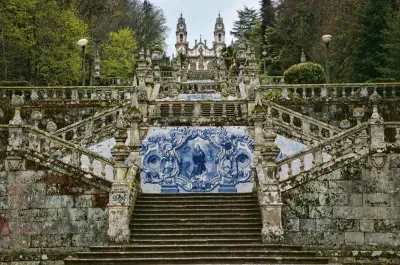
Set atop a baroque staircase with 686 steps is the shrine and rococo church. To either side of the staircase is dense woodland with furtherr pathways and shrines
